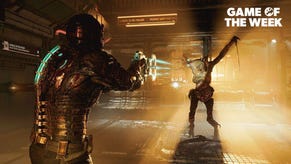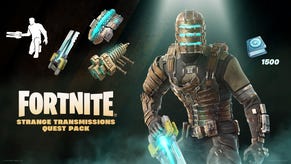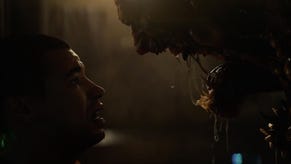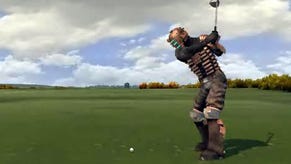Dead Space
Mostly armless.
The back of Isaac's suit is also where his air supply is displayed when you enter decompressed areas, or rooms where the air is toxic. As with all of the abilities and weapons, you can increase the effectiveness of the suit's features by upgrading them with power nodes. These are found sporadically - usually as a reward for braving a tough section or defeating a nasty foe - and can be used at workbenches. Upgrades are applied using a circuit diagram, with each power node filling one space in the circuit and coloured spaces denoting the different areas open to improvement. Armour and air supply for the suit; capacity, damage and reload time for weapons; duration and range for Stasis and Kinesis. It's not a very elegant system, but with a lot less power nodes than slots it forces you to choose your favourite features and work out the most efficient way to boost them. You keep the same stats should you start a second playthrough after completion, so this is clearly a feature aimed at the repeat player.
Combat itself is immensely satisfying. Remember the satisfaction you felt in Resident Evil when you first exploded a zombie's head? Dead Space takes that concept to its logical extreme, with a play model that not only allows but actively encourages you to shoot your enemies to pieces, one bloody limb at a time. The alien monsters - or necromorphs as they're called - reanimate dead human tissue, ya see, and repurpose it into grisly new forms. This means that headshots or a volley of hits to the torso won't do the job.
You need to shoot legs off to slow them down, blast away their arms and pincers, sever their heads until there's nothing left but old meat. Combine this with the Stasis power, so you can methodically dissect monsters as they slowly lunge towards you, and you've got a gimmick that remains fun even after eleven hours of gameplay (the time on the clock at the end of my first run, by the way). Battles in zero gravity are even more amusing, as defeated enemies drift gruesomely upwards, spraying gore and body parts as they go.
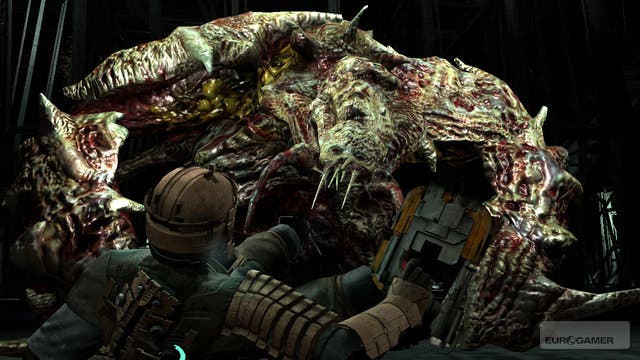
Yet while the core combat element never stops entertaining, it never really evolves either. By the end of the fourth chapter (there are twelve in total) you'll have access to all the game's seven weapons, few of which change the gameplay in drastic ways. The Line Gun is a beefier version of the plasma cutter, sending a wide blade of energy scything through your attackers. The Force Gun repels creatures with a shockwave, and can splatter smaller enemies, while the Contact Beam charges up slowly and then fires out a powerful energy blast. Gore fans will gravitate towards the Ripper, which fires out a remote saw blade which you can direct from a distance. The flamethrower and pulse rifle work much as you'd expect.
Each comes with an alternate fire mode, some of which aren't really explained all that well, but since almost every enemy simply races towards you, drooling and snarling, the times when you really need to choose the best tool for the job are minimal at best. The very first weapon you get - the plasma cutter - is as effective at the end of the game as it was at the start, even without many upgrades. As such, the threat of the monsters never really has the power to terrify. Provided you're reasonably frugal with the ammo, you're always capable of dismembering anything that comes your way.


